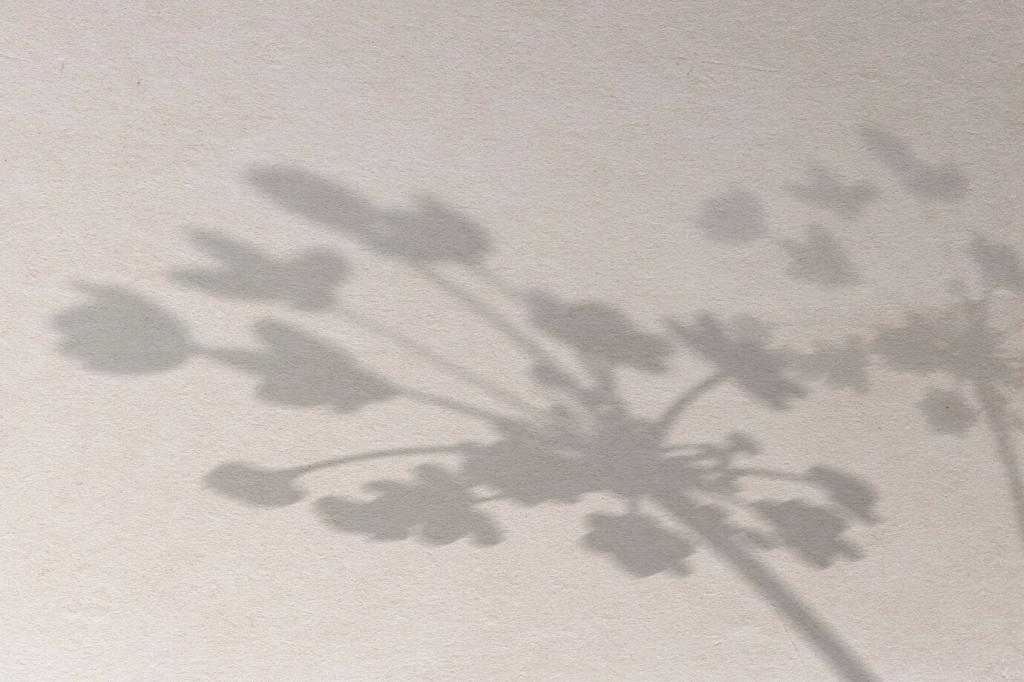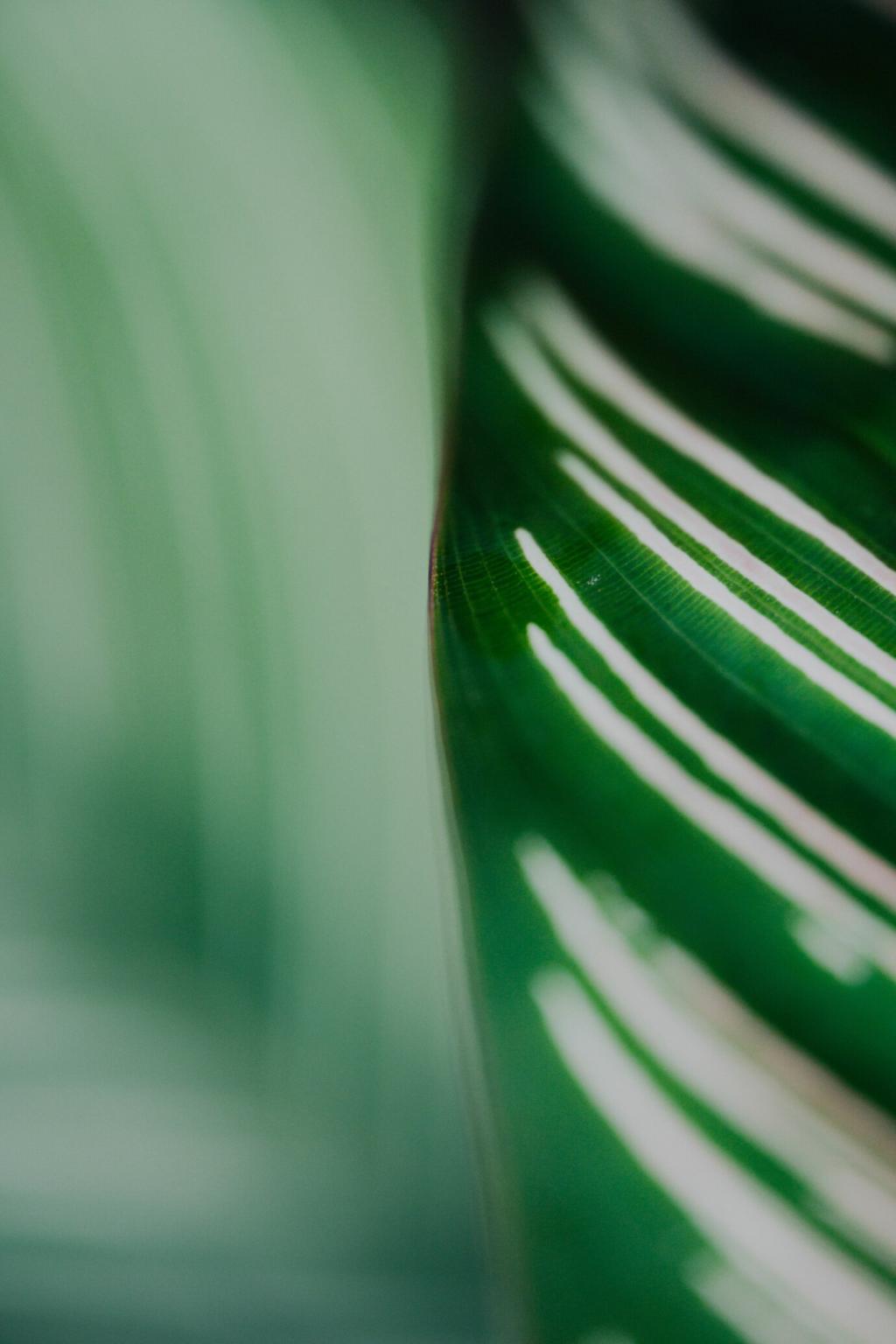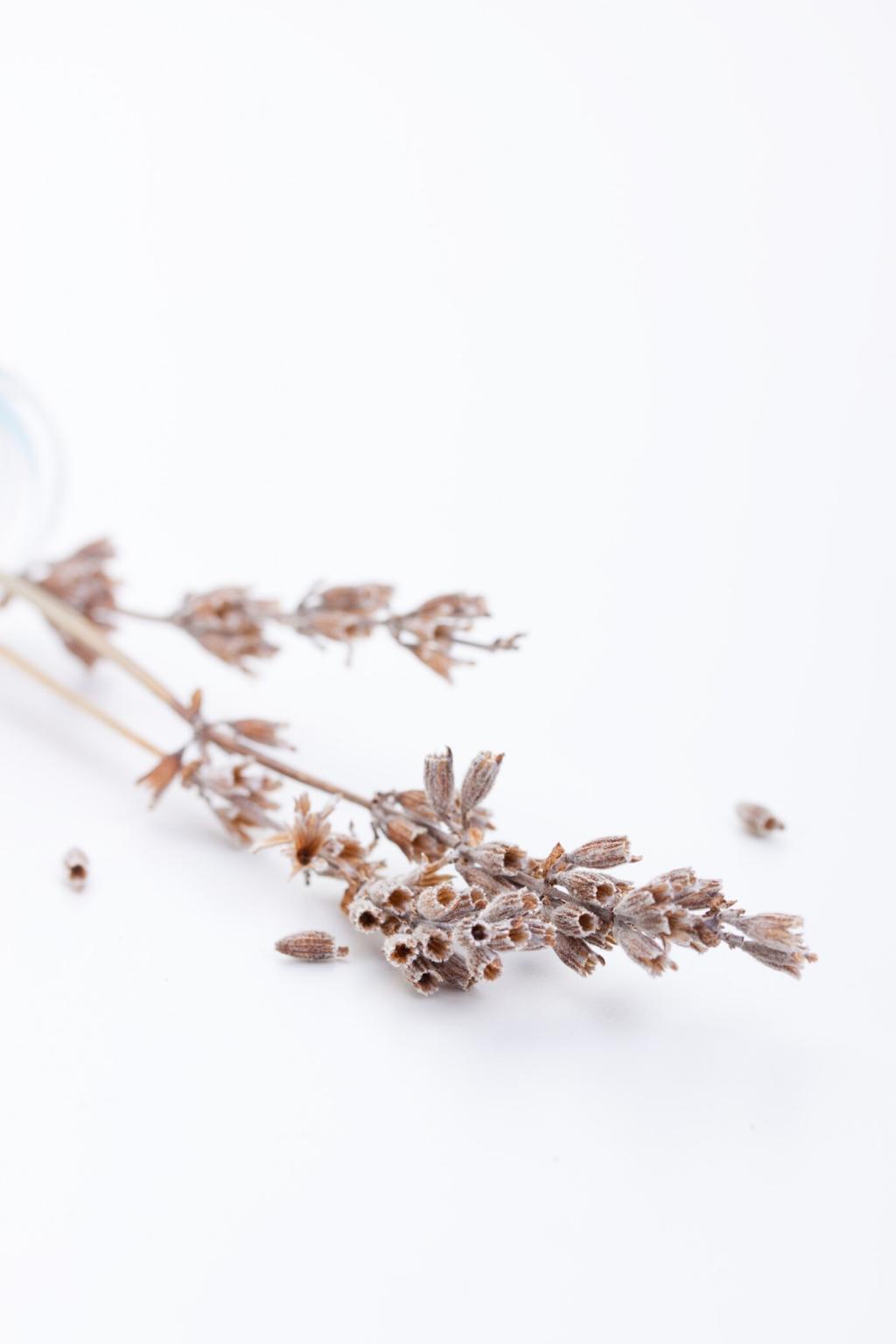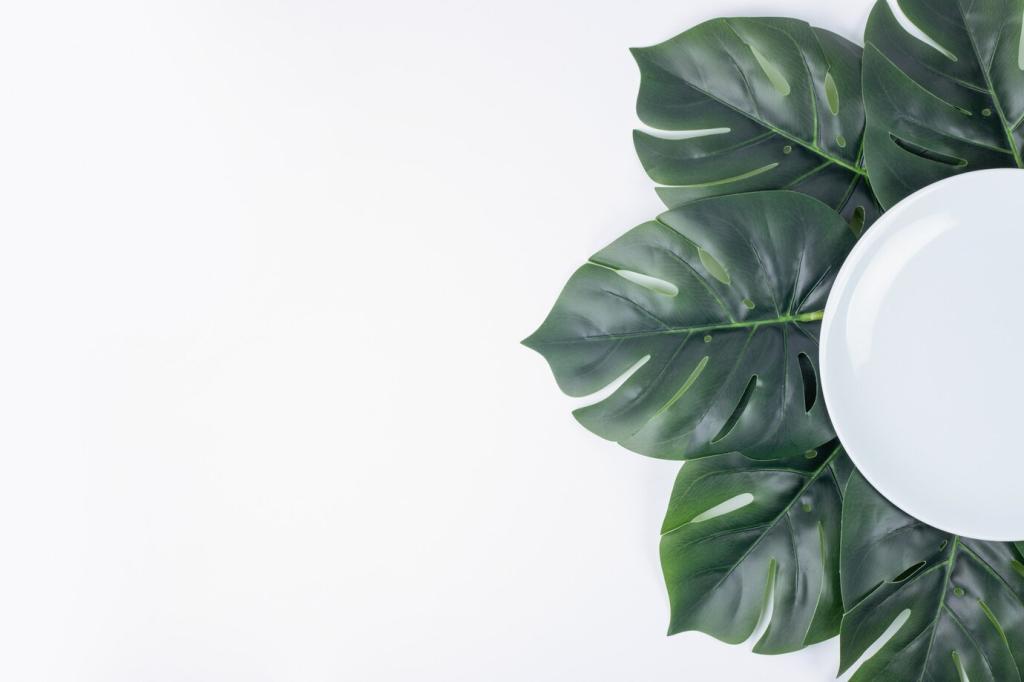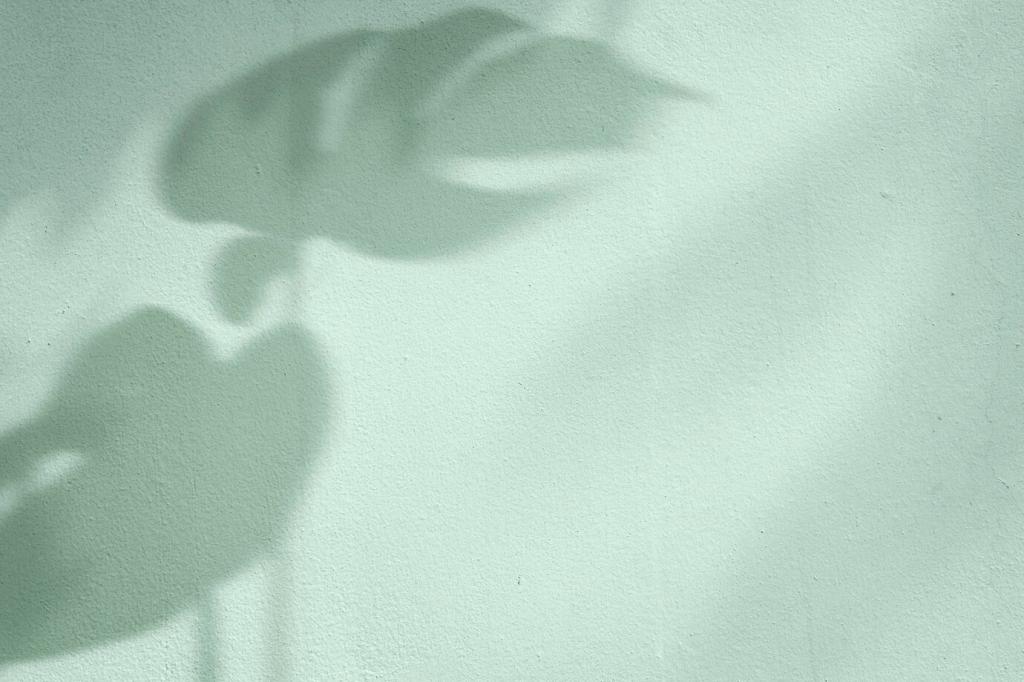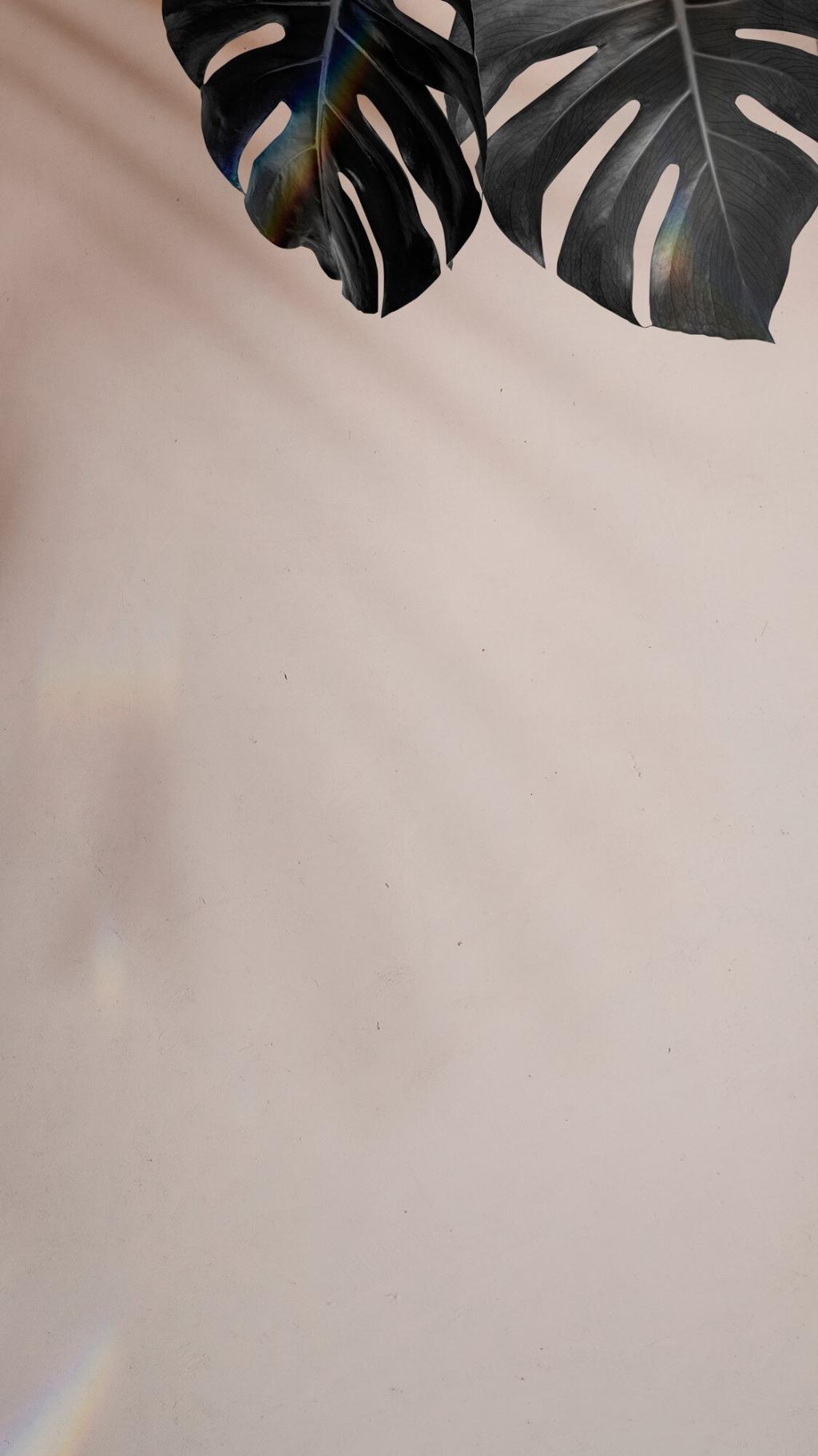Calm Through Contrast: Why Texture Matters in Minimalism
A single oak tabletop can carry quiet drama: grain lines that curve like topographic maps, tiny knots that catch light, and pores that accept oil differently. Marble’s veining adds slow movement, while linen’s slubbed threads invite touch. Minimal form plus tactile nuance creates richness your eyes and hands continually rediscover.
Calm Through Contrast: Why Texture Matters in Minimalism
Biophilic design research shows natural cues can reduce stress and improve comfort. Finely honed stone underfoot cools the skin subtly, while a wool throw adds warmth and security. When surfaces feel honest and organic, daily routines become grounding rituals. Tell us: which natural surface helps you unwind after a long day?

